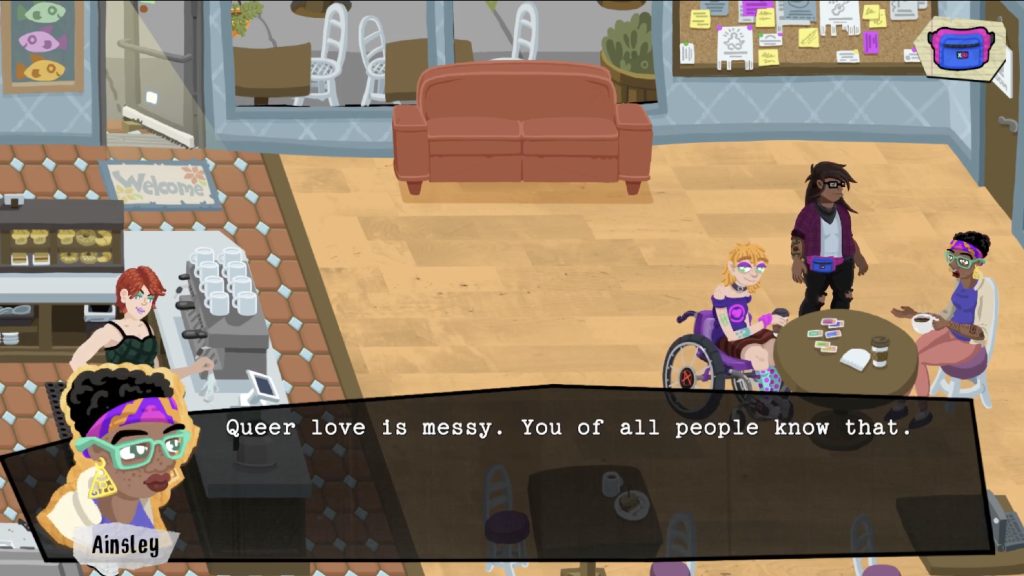Hi, here’s a list of indie games that I think are pretty cool. Also the Itch.io sale is happening now, go buy some games from there. I’m hoping to continue doing these on a more regular basis than once a month. Also consider subscribing to the RSS feed for future blog posts! If you recently released something that you want included, always feel free to send me an email, message me on social media (see About page), or just reply to this post with a link to your thing to let me know it’s out.
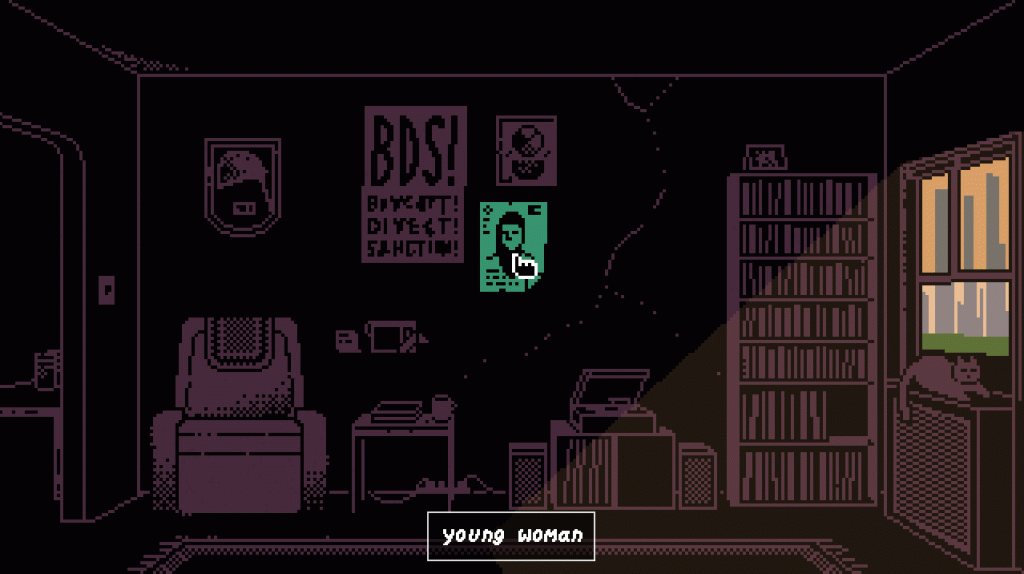
A new Indiepocalypse is out! I’m excited that it has a new game by Hexcavator.
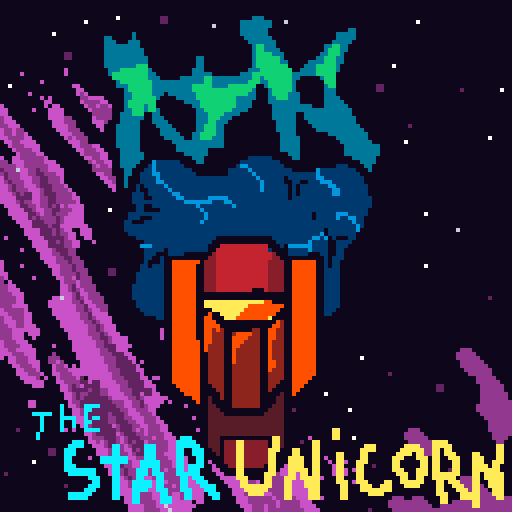
Flickship allows you to easily create cool space ships.
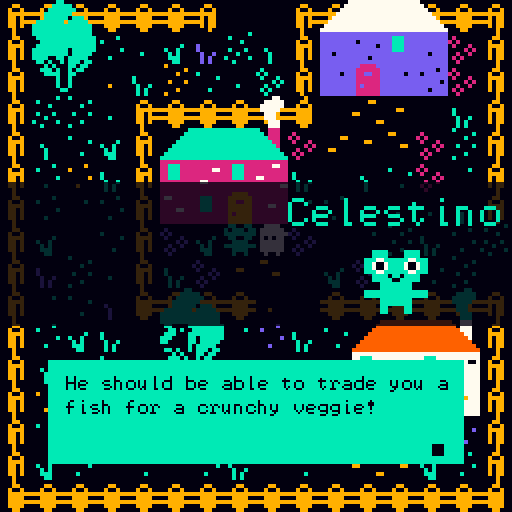
Sprout Yeartide is a new, short game by Princess Internet Cafe. I’m a big fan of their games and love seeing all the branches that have come from Bitsy. This was made in binksi hd, which is based on Binksi, a fork of bipsi that lets you create games using Inkle Studios‘ Ink, and bipsi is inspired by Bitsy.
A new issue of Indie Tsushin is out! I’m going to be lazy and copy the Itchio text here: “This is the 2024 May-June zine issue compiling articles from the インディー通信 Indie Tsushin blog, a handmade site celebrating and introducing indie and doujin games from Japan!” Despite my laziness, it’s a fantastic zine and website!
Not a game but Crisis Arcadia 0: The Angels of Bloodharvest is a short sci-fi story by a game developer and available for $2.
The Neo-Twiny Jam just wrapped up. The jam features submissions of Interactive Fiction games containing 500 words or less.
Iowa Jack and the Crystals of Chaos is a new text adventure for the Commodore 64 that is a parody of Indiana Jones and meant to have a lower difficulty level for newcomers to text adventures.
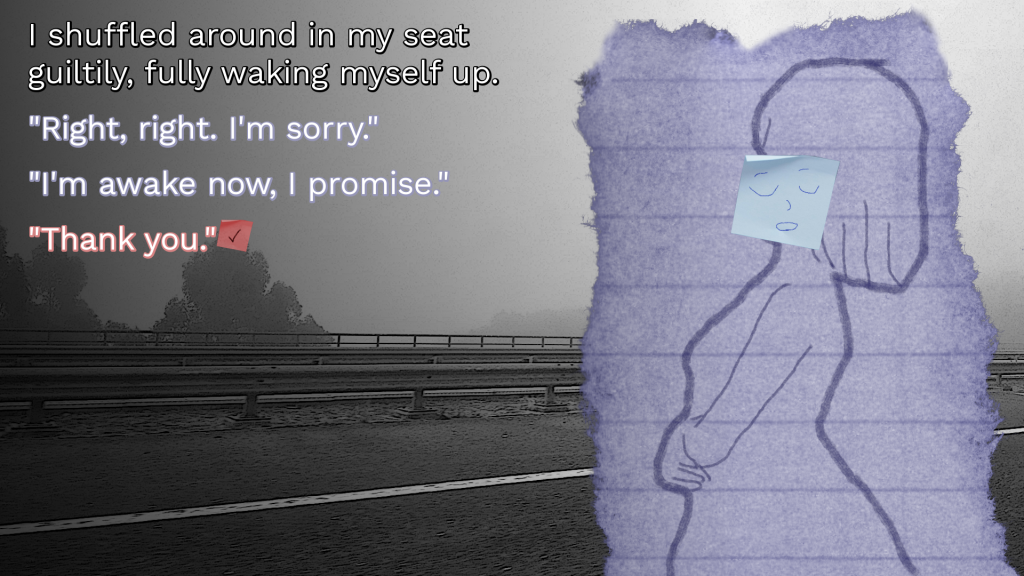
The menhera vn jam also just wrapped up. The jam is described as “This is a jam for games about living and coming to terms (or not) with unseen burdens, whether they be mental, emotional, physical, psychological, or otherwise.”
Self-Promo Zone
I’ve started an irc channel for indie and alt games/gamedev talk at AfterNET at #AltGames. If you do not have an IRC client or don’t feel like messing around with that stuff, you can easily join through the browser here. I’ll never be able to get people to drop Discord for IRC, but I personally prefer it. I don’t feel like I have to follow along with every single conversation and I’m not getting pinged all the time by notifications or the “Everyone” tag. Consider giving it a try! No registration required!
I also helped with a games anthology that’s coming out soon. Locally Sourced Anthology I: A Space Atlas is a collection of 8 experimental games from different indie game developers. Grow tea on the Moon! Fish on Saturn! Find love on Mars! And 5 other things! Wishlist it now on Steam! It’s also coming out on Itch.io

